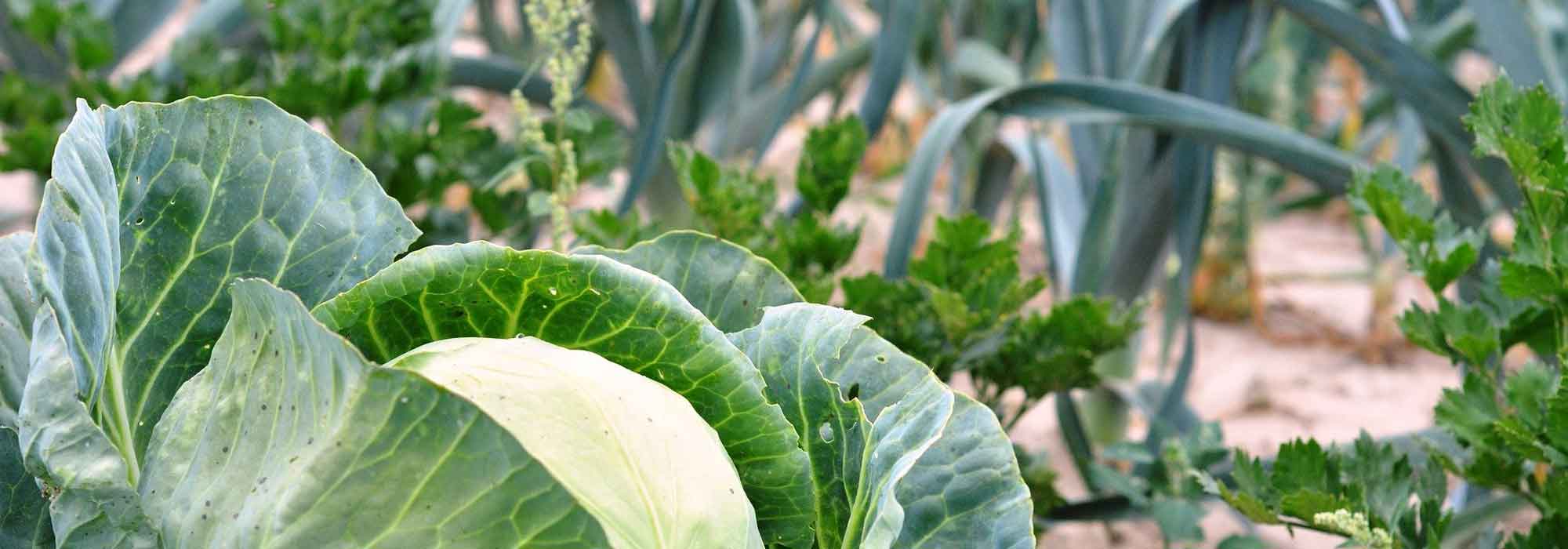
5 leafy vegetables for mountain vegetable gardens
Leaf vegetable varieties best adapted to montane climate
Contents
Cultivation in mountain media is governed by a particular climate. As a result, growing season is shorter than in lowlands, and weather conditions there can be extreme. It is therefore important to choose your vegetable varieties carefully to ensure a productive mountain vegetable garden. You should therefore favour vegetable varieties that are hardy, early or short-cycle.
Leaf vegetables generally benefit from rapid development, and can easily adapt to cultivation at altitude.
To help with selection, here is a list of 5 leaf vegetables for mountain vegetable gardens, accompanied by details of varieties to favour for each.
Spinach: very hardy leaf vegetable
Spinach, Spinachia oleracea, is one of the perennial vegetables and proves very hardy to cold. It is grown for its crunchy leaves eaten cooked.
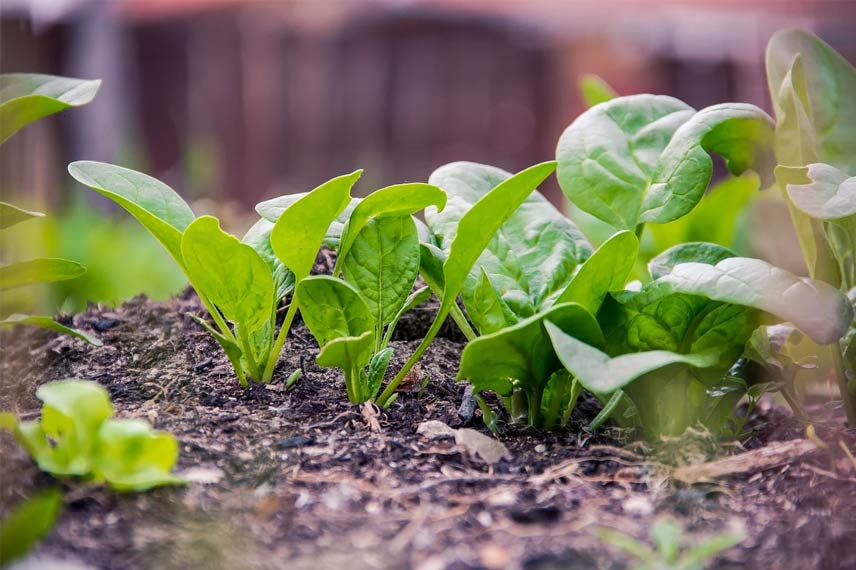
Relatively simple to grow, spinach particularly likes fresh soils, which can be compromised by frequent mountain winds. Make sure to lay a good layer of mulch at the base of your young plants of spinach to help maintain soil moisture more easily. Sow spinach at a minimum temperature between 7 and 10°C (sowing dates vary by variety), and set out young plants in a sunny spot, in consistently fresh soil. Biennial, spinach is harvested from May to November, then in March.
Which spinach varieties to choose?
For a mountain vegetable plot, the most suitable spinach varieties are:
- ‘Géant d’hiver’, a winter variety known for its hardiness;
- ‘Marador’, an all-season variety offering late running to seed;
- or ‘Butterflay’, an all-season variety with rapid growth and late running to seed.
Leek: vegetable with sheathing pseudo-stems, cold-hardy
Leek, Allium porrum, is cultivated for its sheathing pseudo-stems, compound structures made up of a white bole crowned with a tuft of flat, usually glaucous-green leaves.
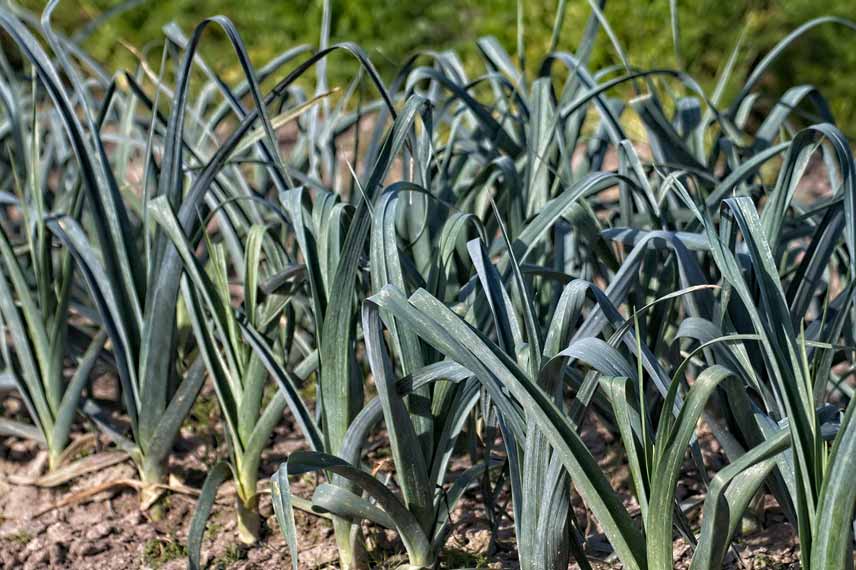
Biennial and cold-hardy, the leek is a leaf vegetable well suited to mountain cultivation. A sunny position as well as loosened and well enriched soil with organic matter (manure and compost), are however necessary for it to thrive. Leek sowing must be carried out under cover at a minimum temperature of 12°C. It is pricked out in the vegetable patch between mid‑May and early August, for a harvest between September and March.
Which leek varieties to choose?
In mountain areas, the leek varieties most recommended are:
- ‘Bleu de Solaise’, a winter variety that is cold-hardy;
- poireau ‘De Saint-Victor’, a very hardy winter variety;
- or ‘Jaune gros du Poitou’, an early summer variety that is cold-hardy.
Discover other Vegetables by variety
View all →Available in 1 sizes
Available in 1 sizes
Available in 1 sizes
Available in 1 sizes
Available in 1 sizes
Available in 1 sizes
Available in 1 sizes
Available in 1 sizes
Available in 1 sizes
Rhubarb: a vigorous perennial vegetable
Rhubarb, Rheum, is a perennial hardy vegetable that produces large spring leaves. It is grown specifically for its stem and leaf stalk with a tart flavour. Warning: leaf lamina is toxic.
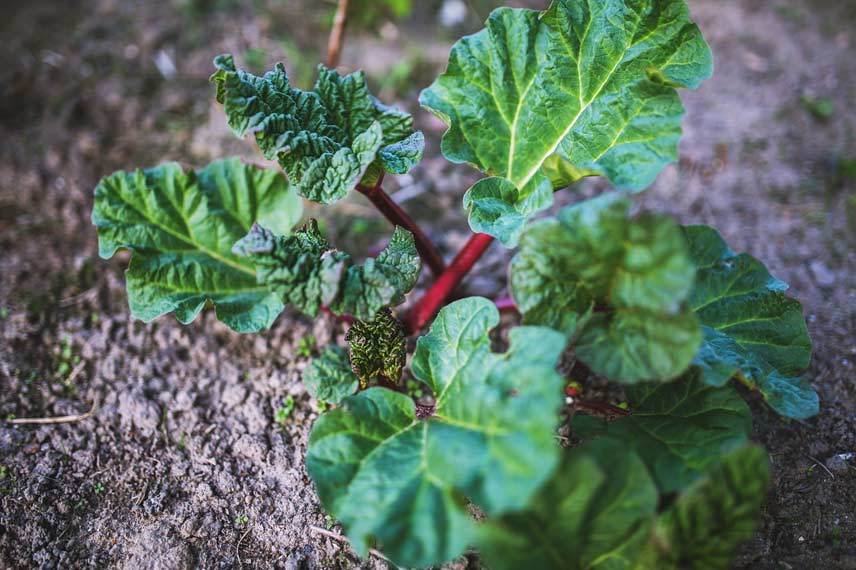
This perennial vegetable easily thrives in mountain climate. Grow in well-amended soil rich in organic matter (non-calcareous), and in soil kept permanently moist. As with spinach, it’s therefore best to mulch soil around your young rhubarb plants. Rhubarb prefers sunny positions, but also tolerates partial shade very well. Rhubarb sowing is done in buckets between April and May, or between August and September. Kept sheltered for first winter, young plants are transplanted into open ground between March and April.
Which rhubarb varieties to choose?
All rhubarb varieties can be considered for a mountain vegetable garden. Here are some particularly interesting ones :
- la ‘Géante Race Victoria’, large-growing variety, hardy and very productive ;
- la ‘Canada Red’, hardy variety, not very fibrous and very sweet ;
- or rhubarb ‘Fulton’s Strawberry Surprise’, vigorous and very productive.
Cabbages: many varieties suited to the mountains
The designation of cabbages, Brassica oleracea, covers a multitude of varieties. Depending on variety, leaves, flower or stem are eaten.
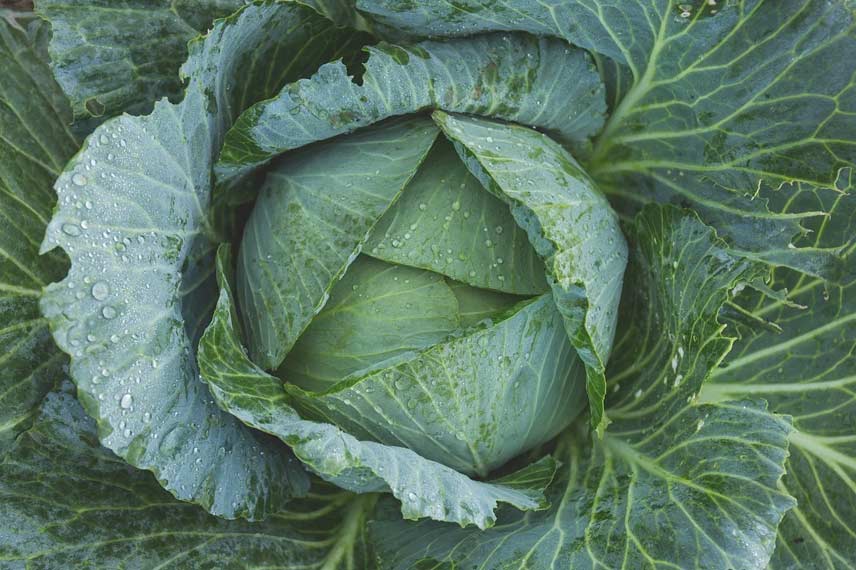
In their vast majority, cabbages are hardy vegetables that prefer cool temperatures. Characteristics well suited to mountain climate. Sowing must be carried out in warmth, at a minimum temperature between 10 and 13°C. Depending on variety, they can be sown and harvested almost year-round. However, plant them outdoors only once risks of frost have passed, in loosened, organically amended soil that is cool and mulched, and in sunny or partly shaded position.
Which cabbage varieties to choose?
Among cabbage varieties most suitable for a mountain vegetable garden are:
- Daubenton perpetual cabbage, a perennial, hardy cabbage that does not form a head;
- ‘Vert grand du nord’, a curly kale particularly suited to cultivation at altitude;
- kohlrabi ‘Lanro’, an early variety resistant to late frosts;
- or broccoli ‘Vert Calabrai’, hardy and harvested over a long period.
Lettuces: vegetable plants easy to grow at high altitude
Salad is a generic term that actually includes many vegetable plants grown for their leaves eaten raw.
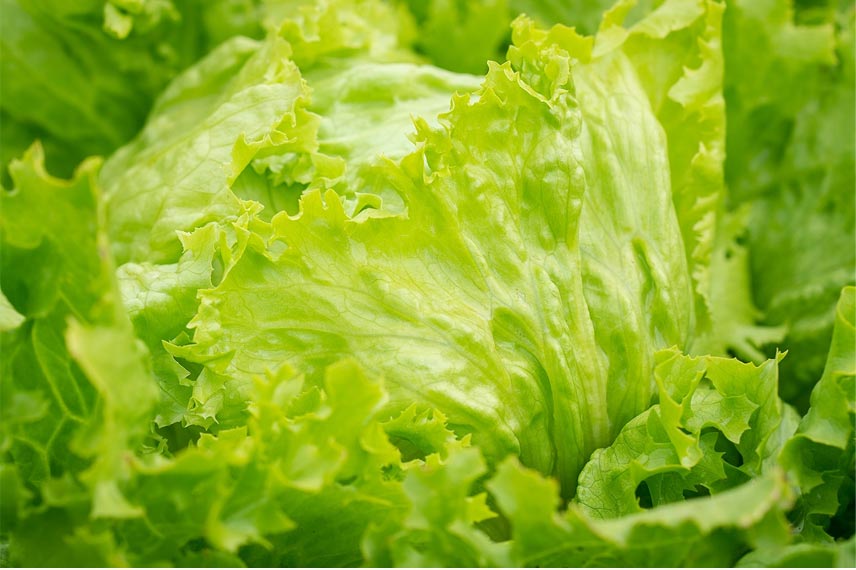
Many salads can be grown in mountains. Generally, salads should be sown at a minimum temperature between 10 and 15°C, in March and under cover for first sowings, and in September for the last. Harvests are therefore staggered from June for first lettuces through to March for last lamb’s lettuce. Salads are grown in full sun, in soil enriched with organic matter, cool and protected by a generous mulch.
Which salad varieties to choose?
Among salad varieties most suited to a mountain vegetable garden are:
- ‘Rouge Grenebloise’, a lettuce with slow running to seed ;
- ‘Reine des Glaces’, a fast-growing lettuce perfect in cool climate ;
- or ‘Rouge de Vérone’, a wild chicory highly resistant to cold.
- Subscribe!
- Contents
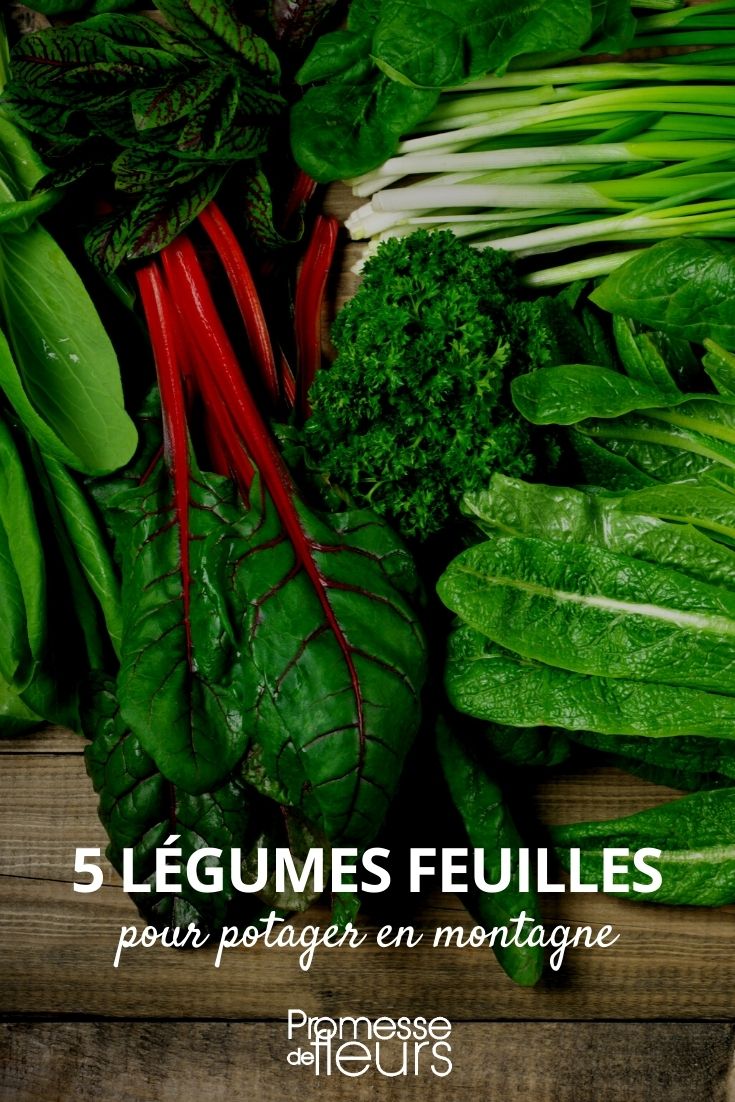































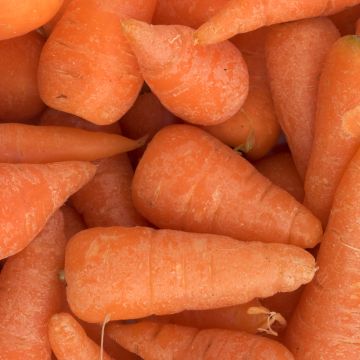
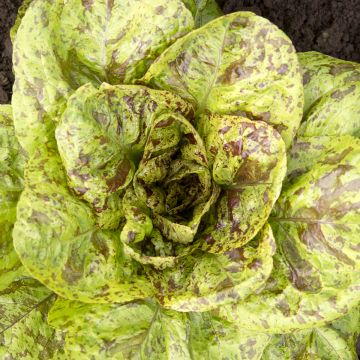
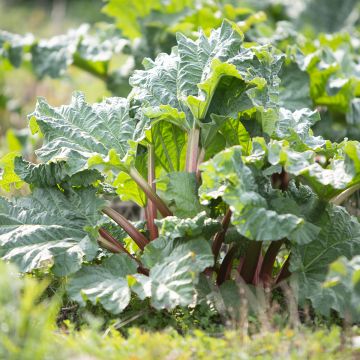
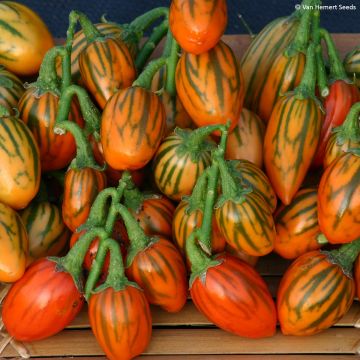
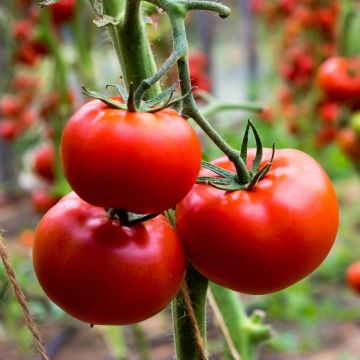
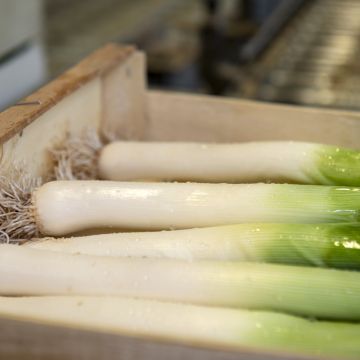
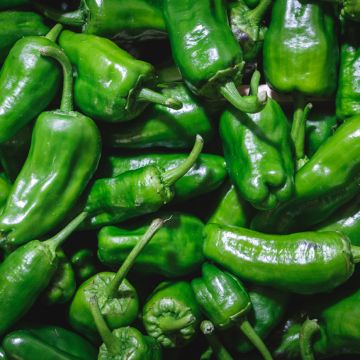
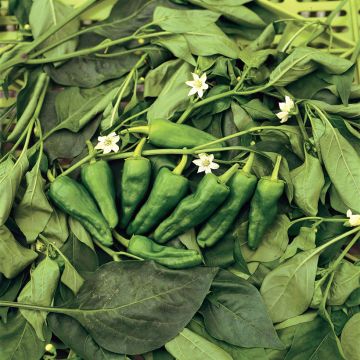
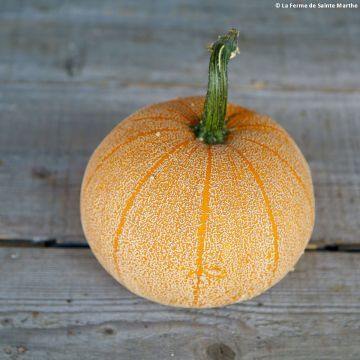
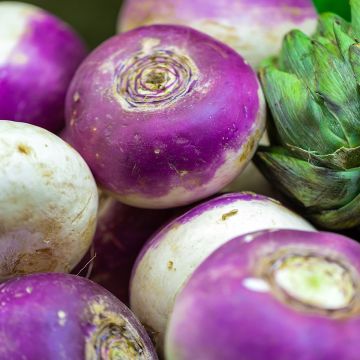
Comments